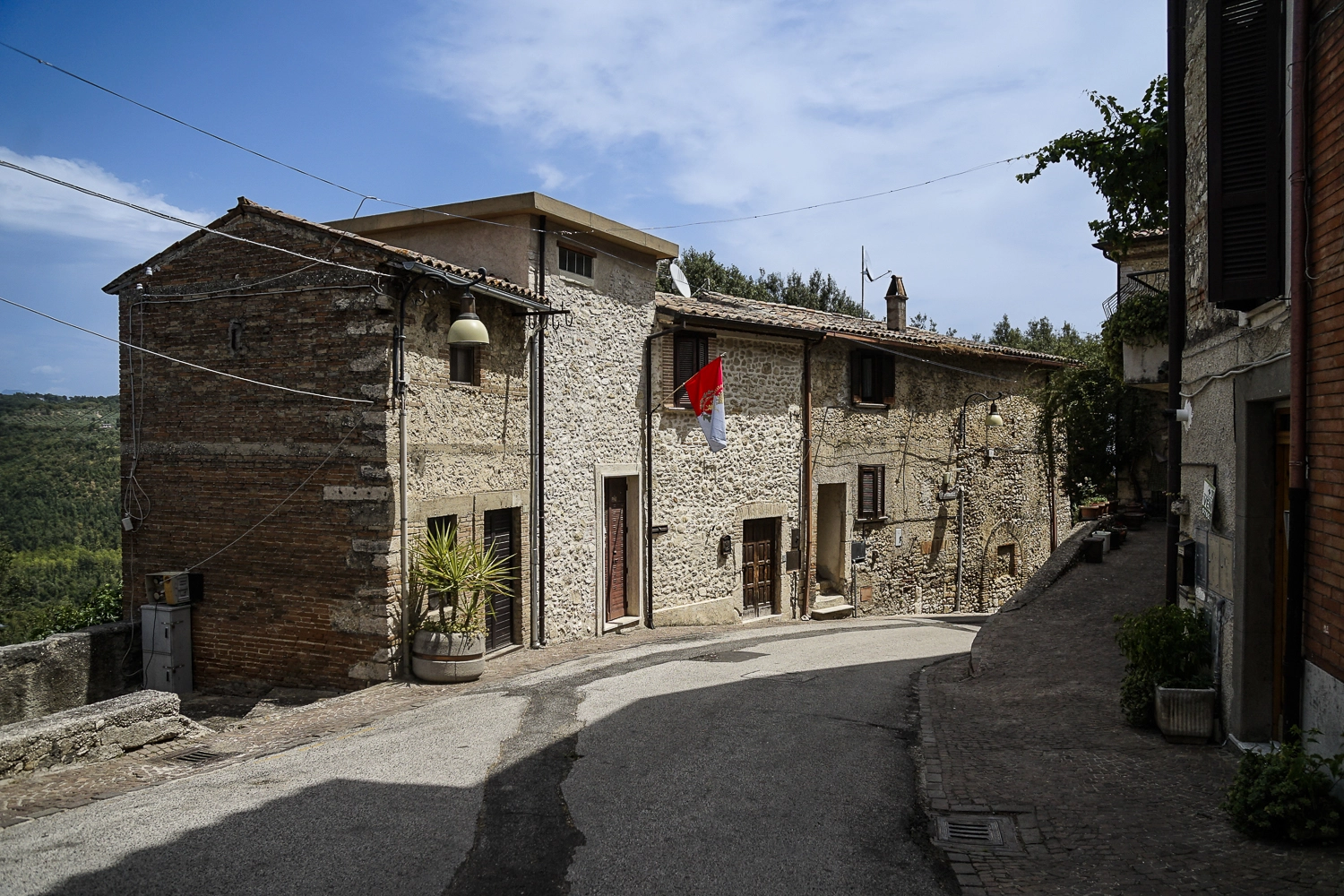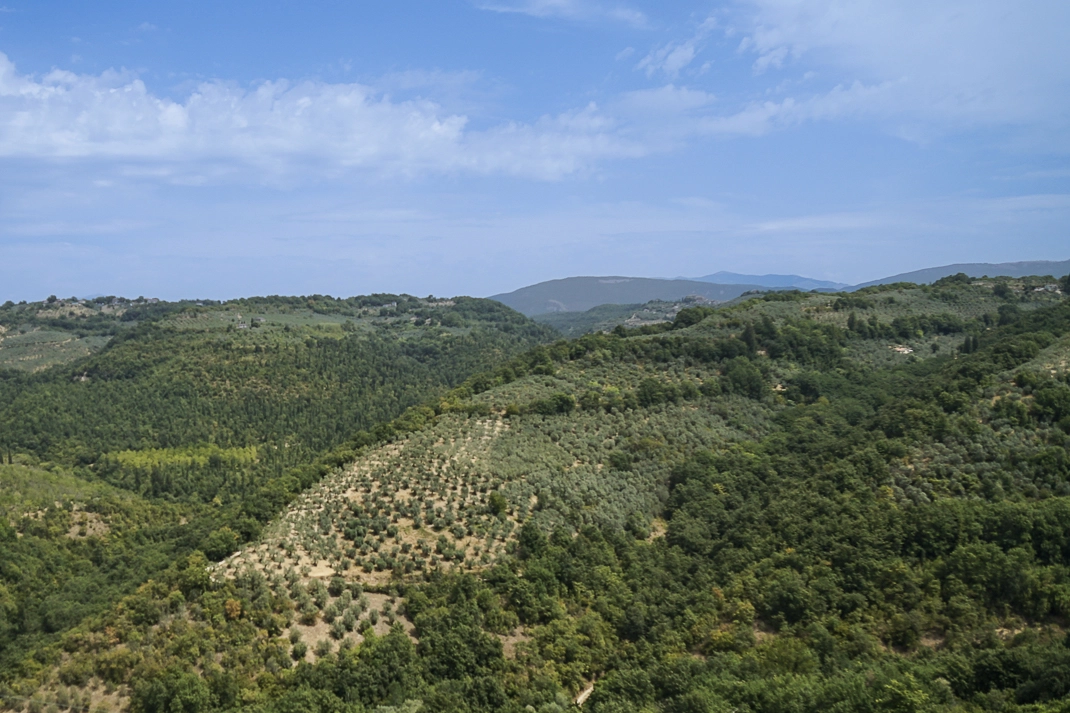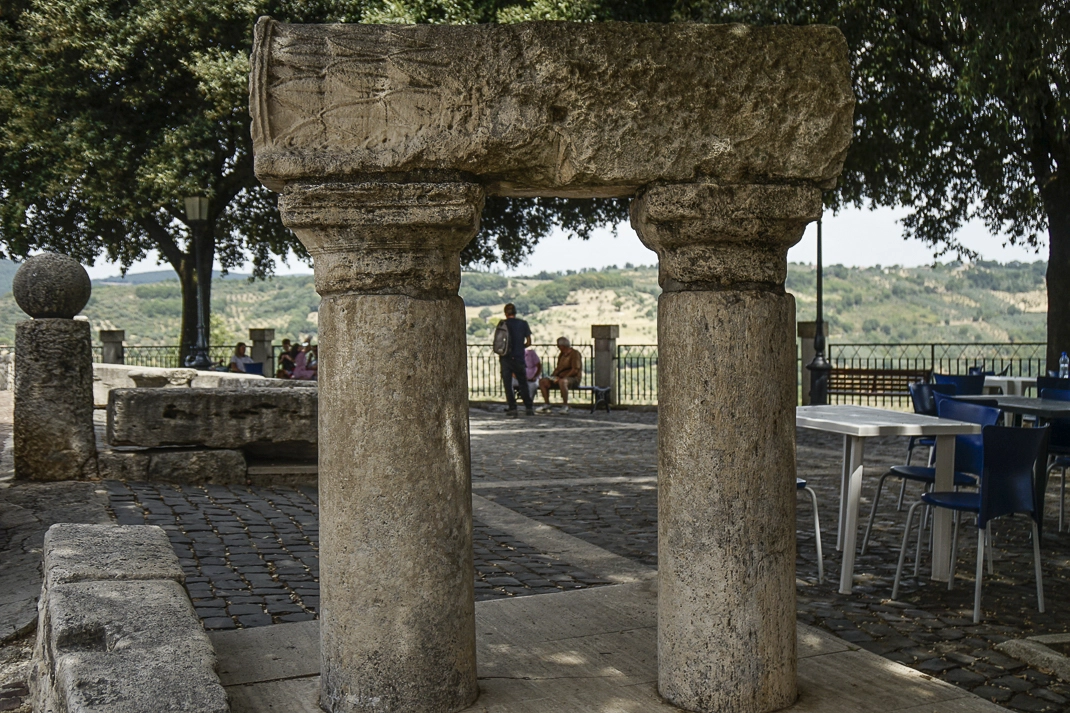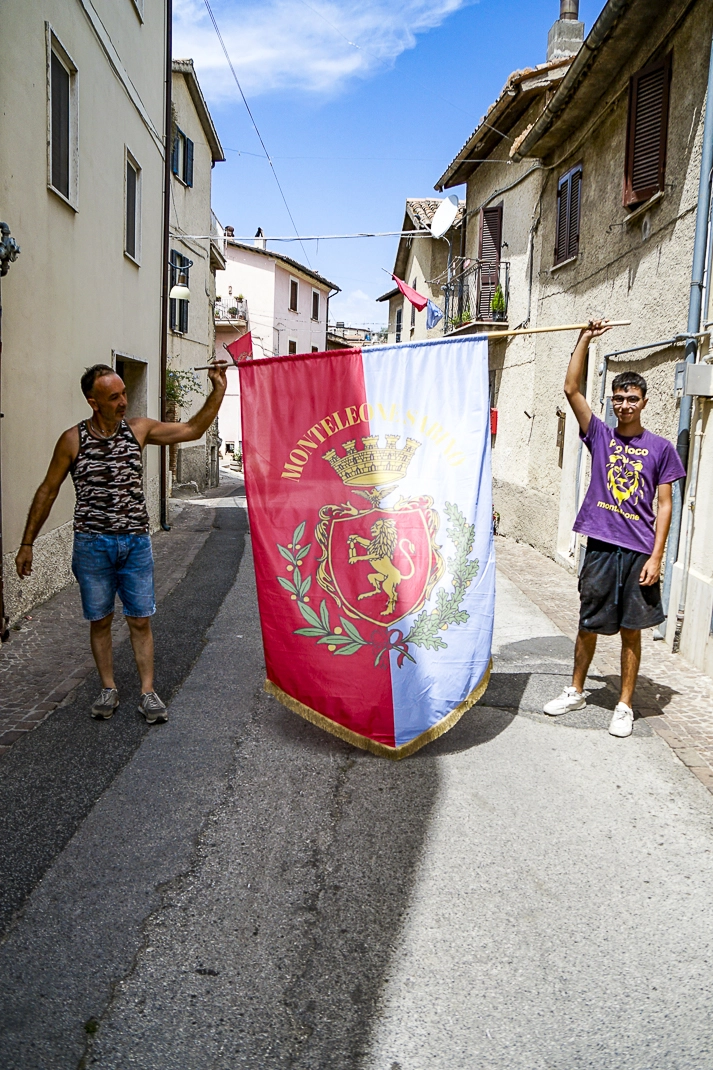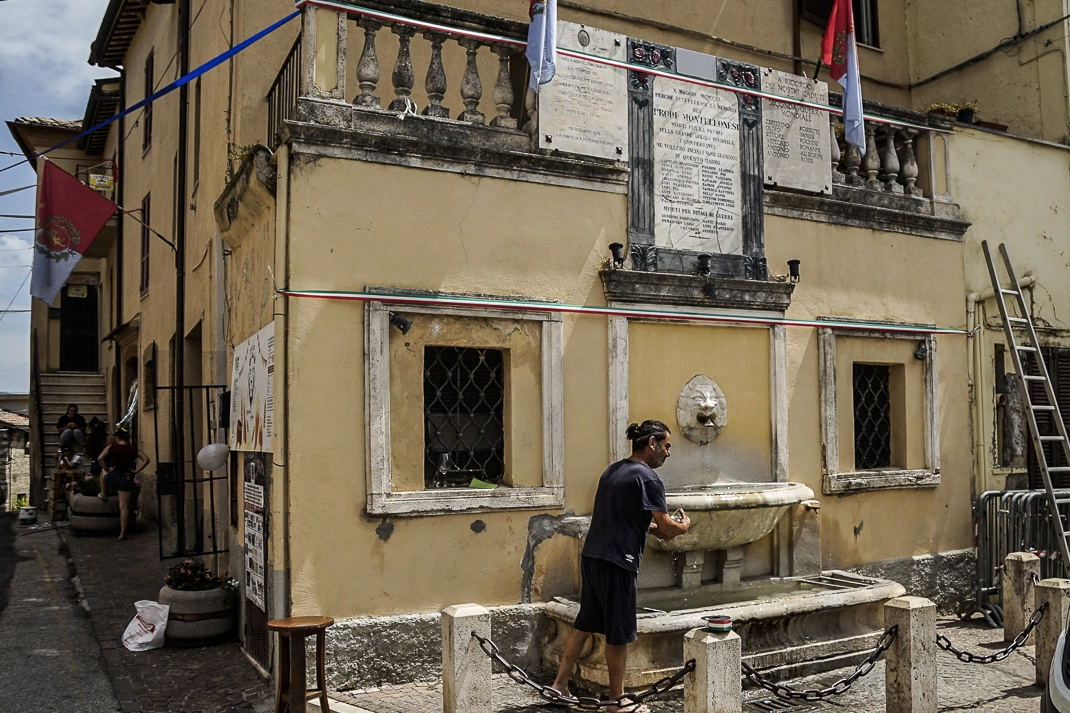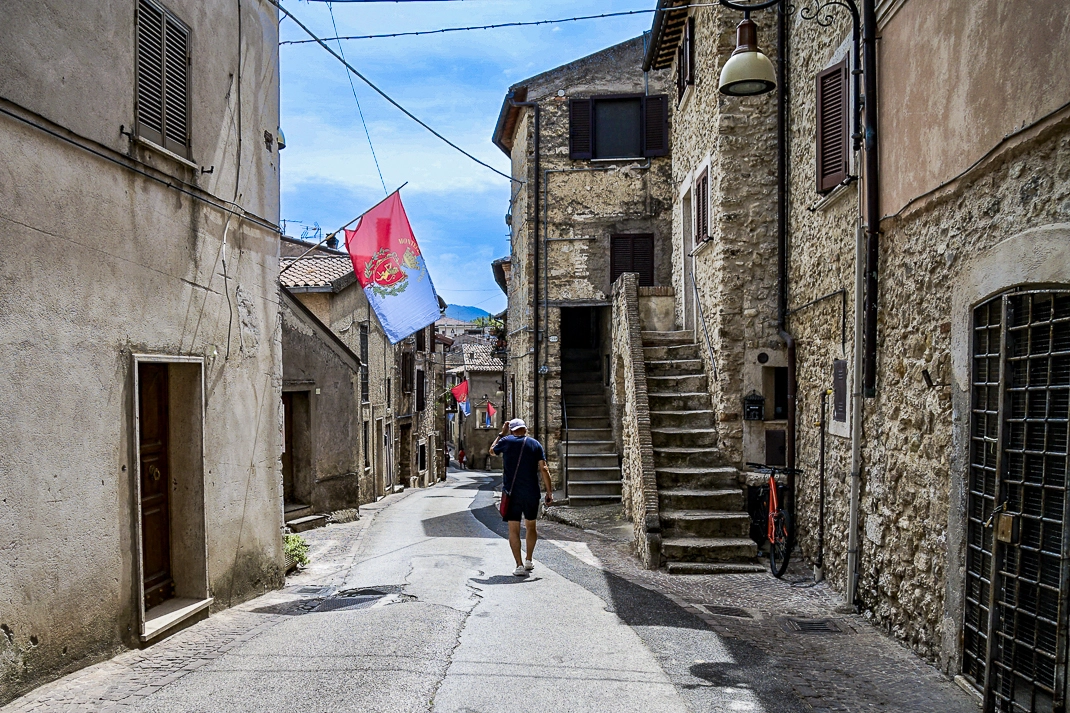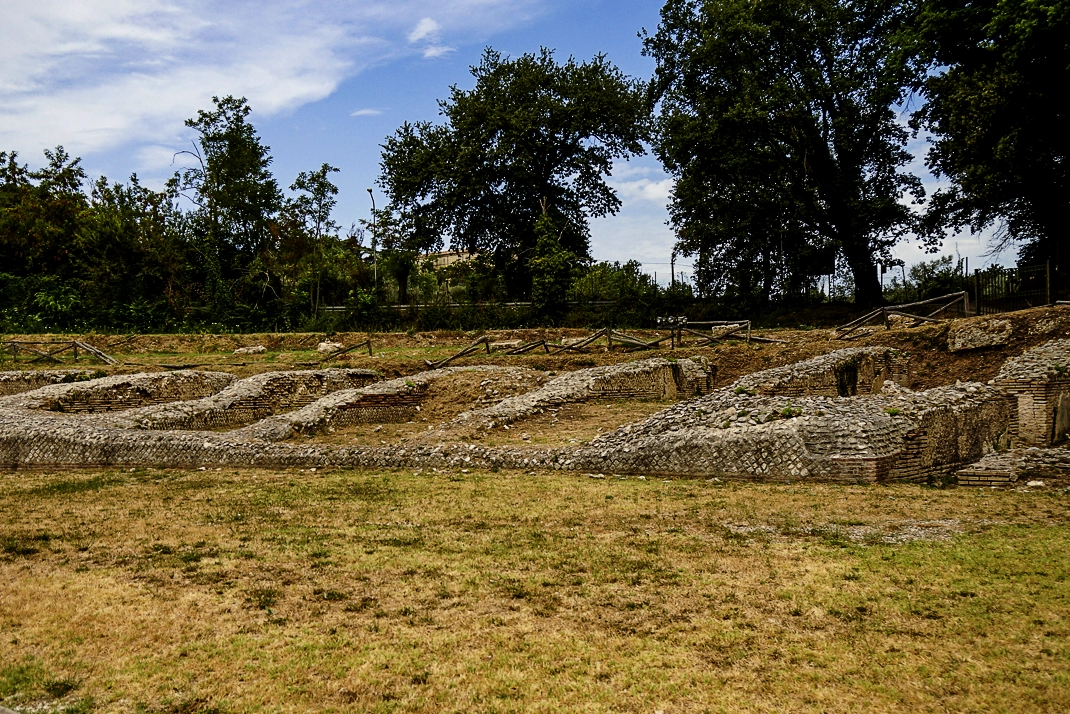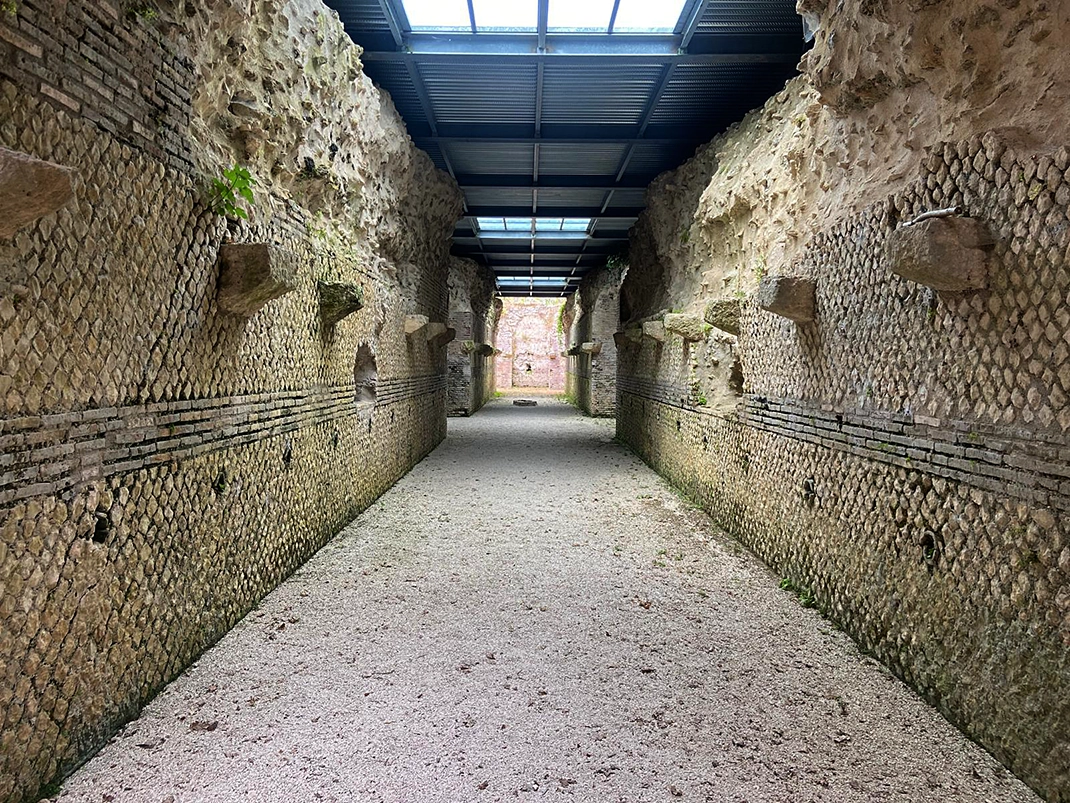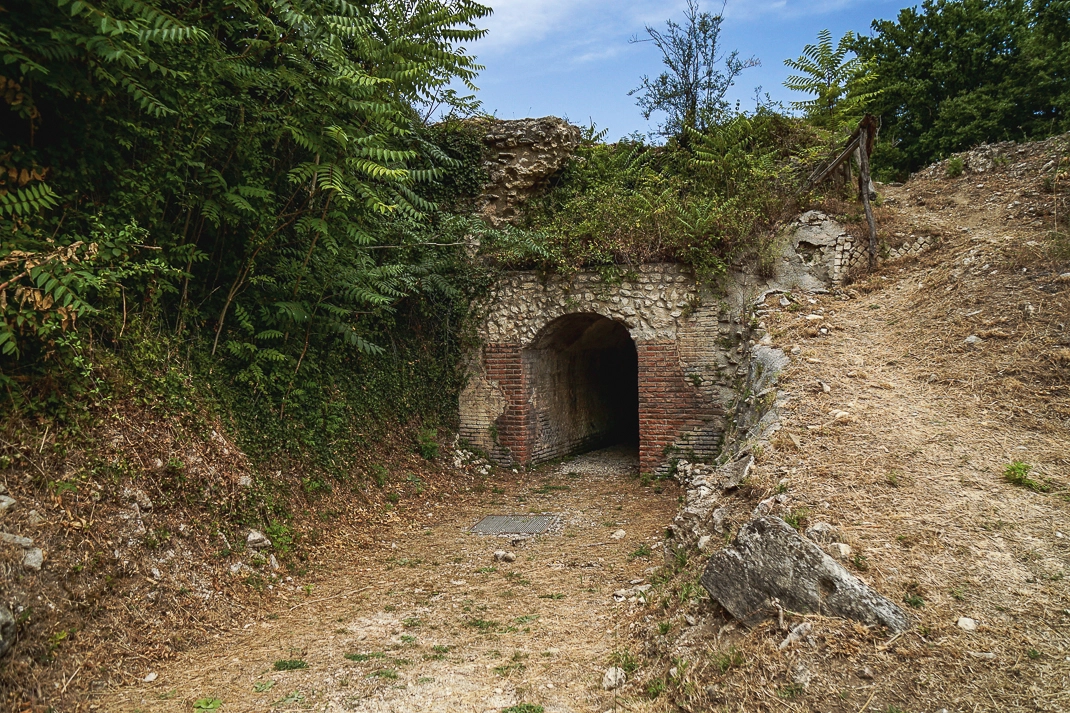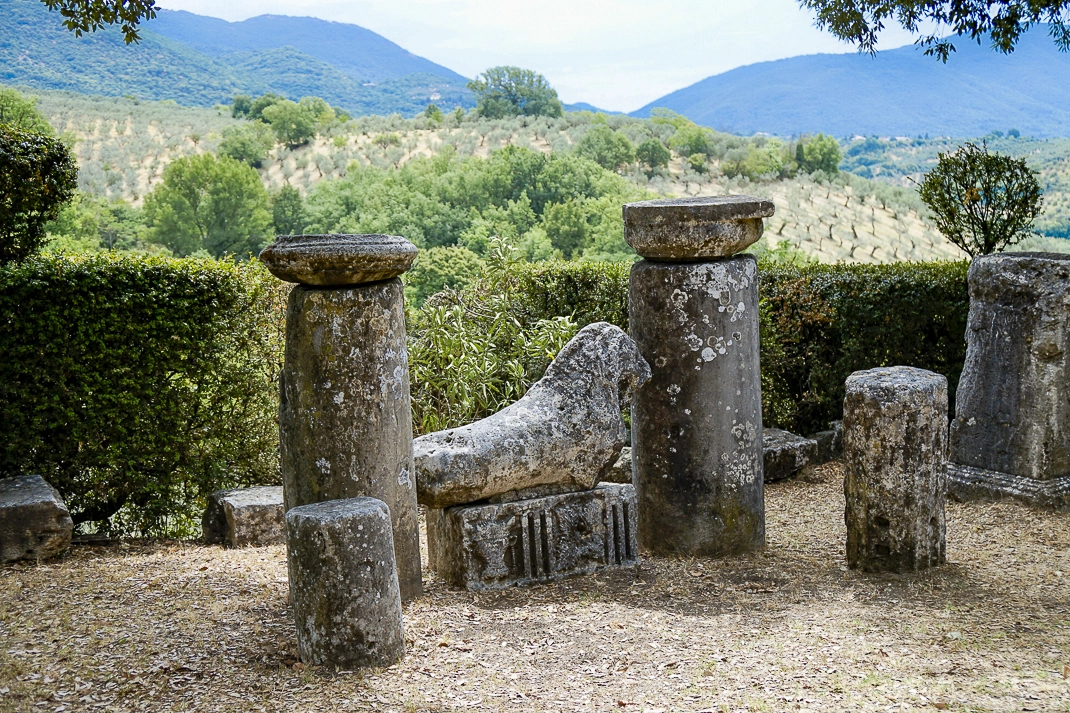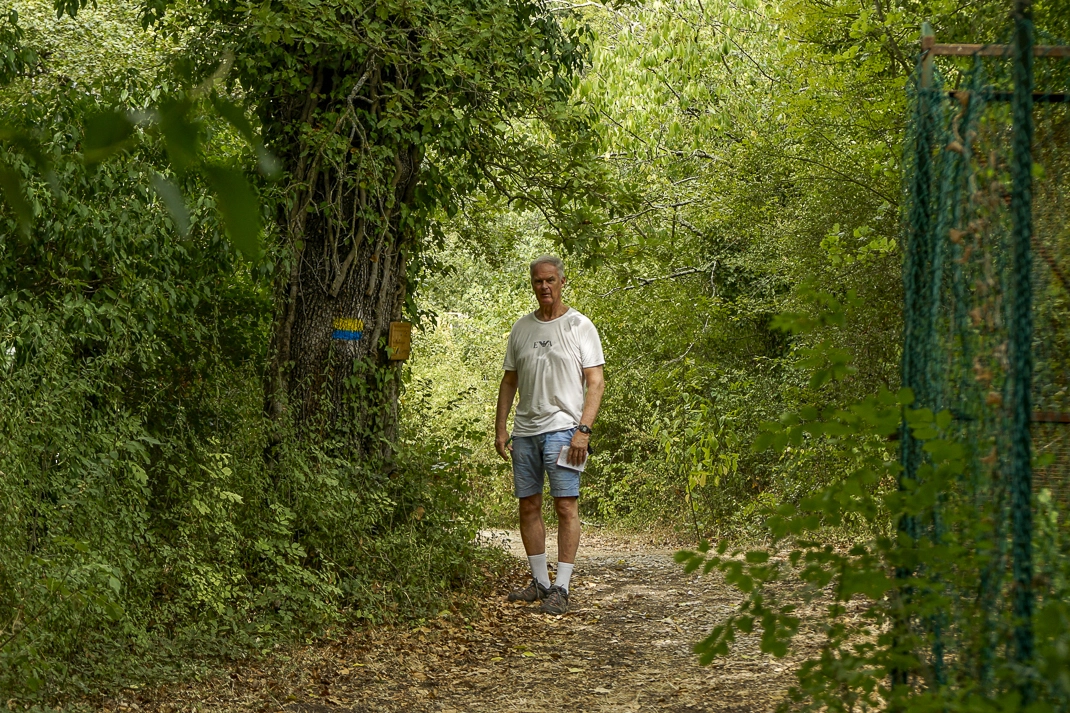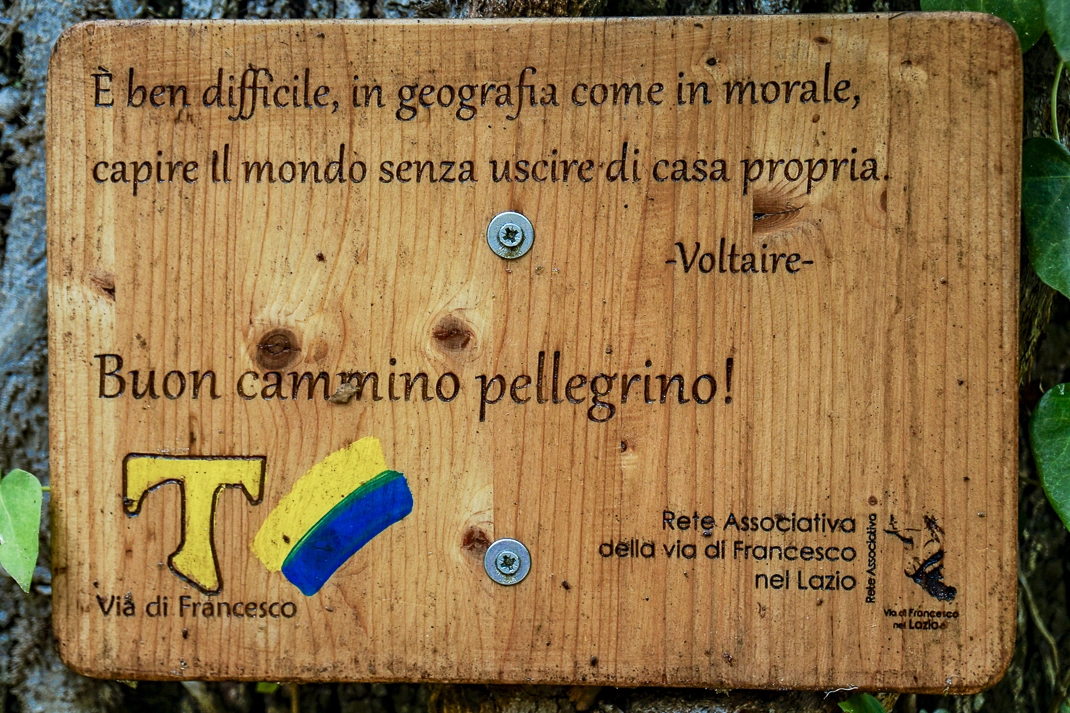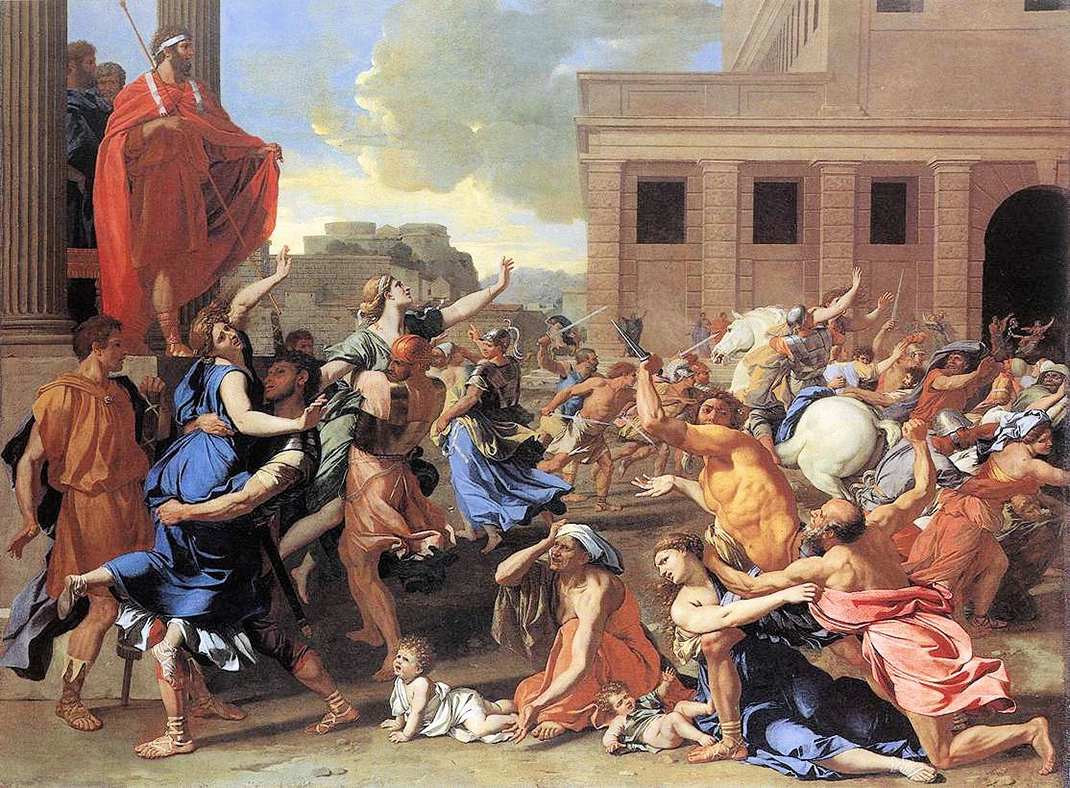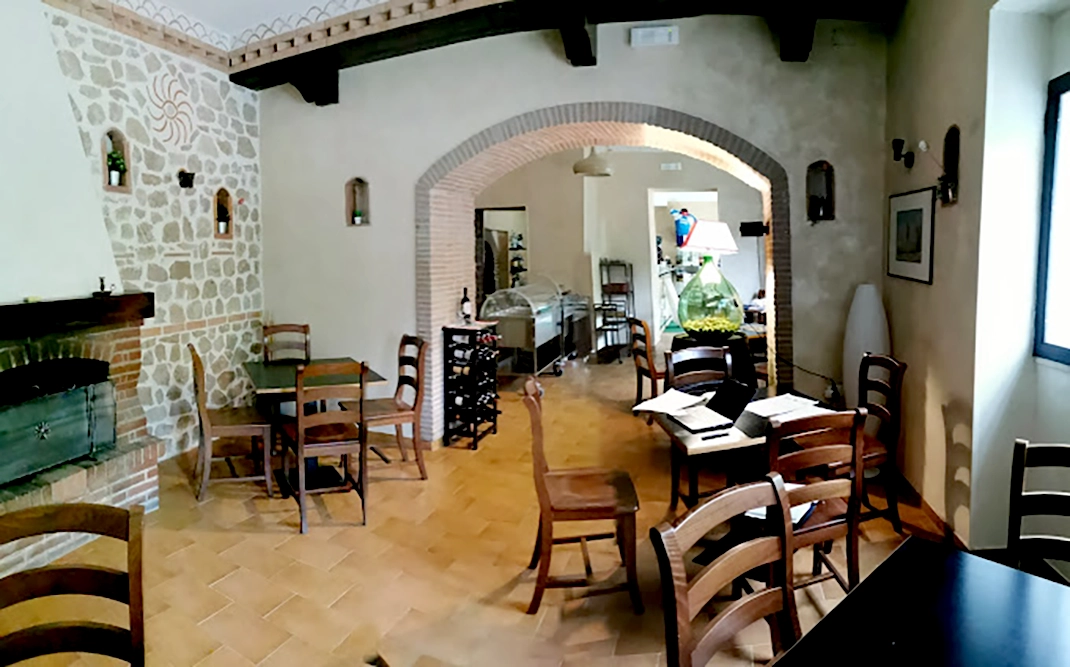Monteleone Sabino: Dig into the ruins of ancient Sabina
The Sabines were a mountain tribe that settled in the Apennine Mountains of Central Italy in the 10th century B.C. Tribula Mutuesca, where Monteleone now stands, is one of its towns that has some well-preserved ruins, such as the amphitheater that attracts archaeologists from around the world.
Monteleone (pop. 1,200) is situated on a hill with terrific panoramic views of the Lazio countryside north of Rome. It’s where I bought a Peroni beer for €1.50 and a homemade peach pie for €4. Come in August when the town’s fettuccine festival explodes with music, laughter and lots of pasta. If you’re into the outdoors, rafting and hiking aren’t far away.
Things to do
1 • Tribula Mutuesca. When we arrived recently a team of student archaeologists from the University of Missouri and the University of Rochester were working on various digs around a soccer field.
It is next to the remains of a large, well-preserved amphitheater. A big stone archway leads to a narrow hallway about 40 meters long. It was pleasantly cool against the mid-90s above it. It led to a big gravel path sided by 20-foot walls. Indentations in the walls probably held plants or lanterns.
Climbing a few stairs I came across a large wooden platform where the stage was. Numerous long rock formations served as the stands. Remains of baths can also be seen. On the other side of the soccer field, the students were also digging to find artifacts outside the amphitheater.
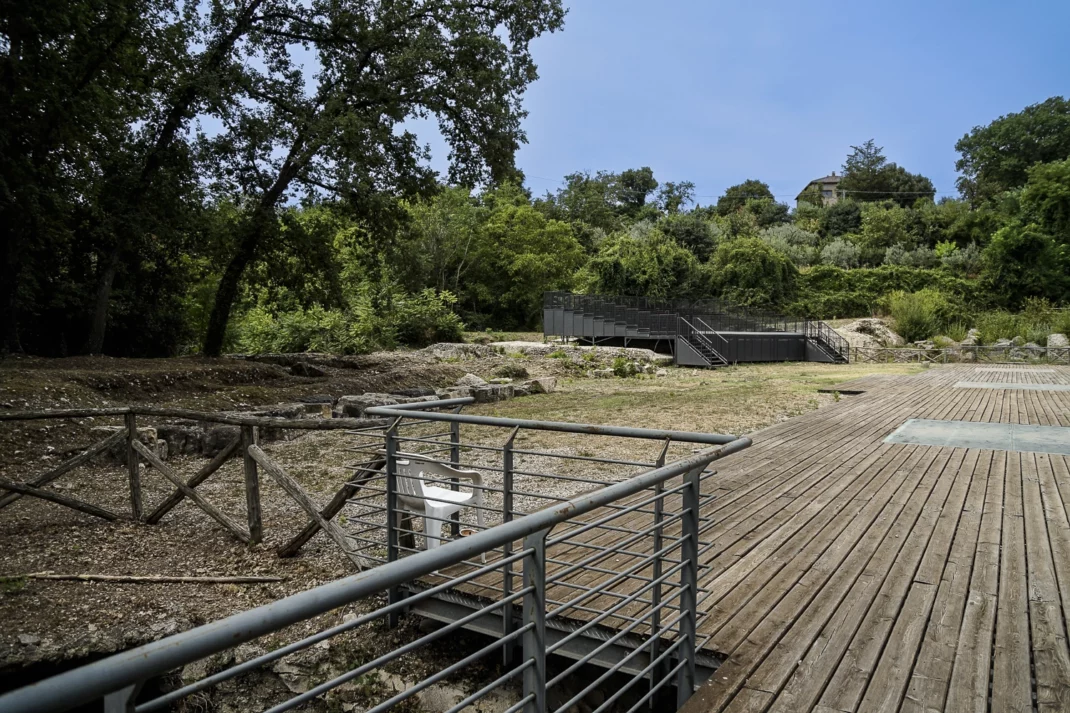
2 • Chiesa di Santa Vittoria. It’s walking distance from the amphitheater and is dedicated to Vittoria, a martyr from the 5th century A.D. According to legend, the deeply religious Christian freed Trebula Mutuesca from a deadly dragon and in return, all the inhabitants converted to Christianity. When an imperial official tried converting her to the cult of Diana, she refused and was condemned to death. A church had been on this spot since the 3rd century and was reconstructed in Romanesque style in the 11th century, using some material from the previous building. A big stone pillar of a lion, the symbol of Monteleone (“Leone” means “lion” in Italian), stands outside the entrance and on the front wall. A tall stone tower has even better views of the surrounding vineyards than we had.
Info: Piazza XXIV Aprile 1944.
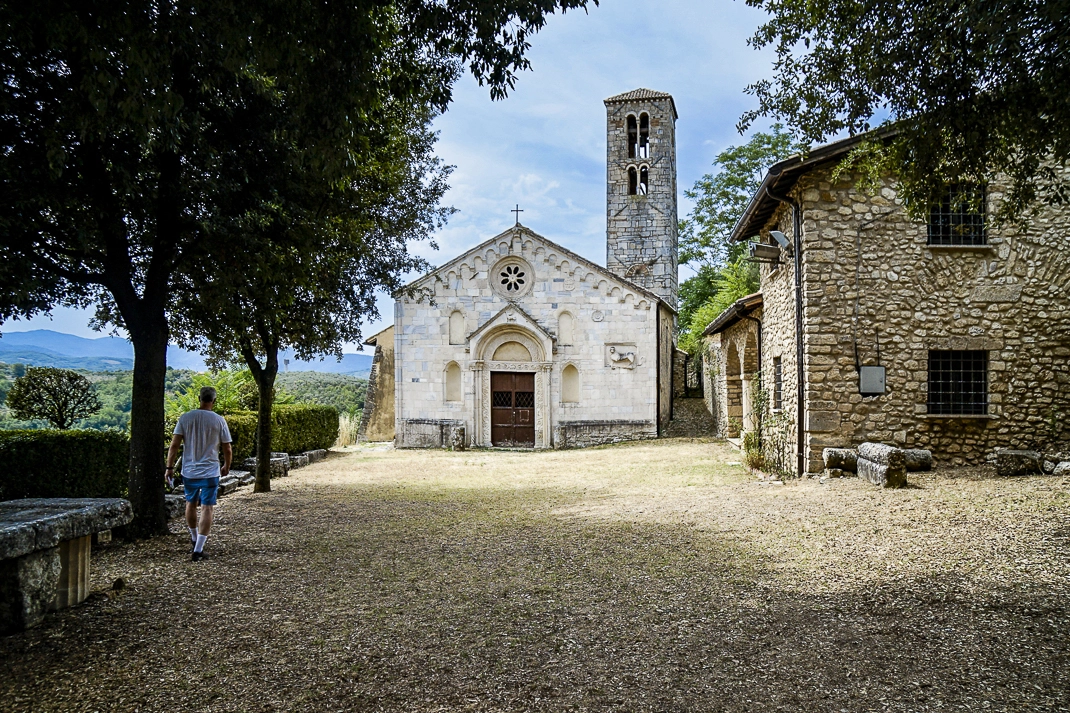
3 • Via di Francigena. This famous trail stretches 1,200 miles from Canterbury, England, to Rome. It follows the journey of Sigeric, the archbishop of Canterbury during the 10th century when he was named cardinal by the pope. It also covers original Roman roads taken by Hannibal when he approached Rome in the 3rd century B.C.
You can walk part of this trail here as Monteleone has numerous spots to join. Just look for the Via Francigena arrows and red and white horizontal stripes on the poles.
The path has easy access from the soccer field. It leaves a shaded forest area, goes past the archaeological sites and down the hill past Chiesa di Santa Vittoria.
The Sabines
The Sabines were among the first inhabitants of Lazio. They arrived in the 10th century B.C., possibly descendants of the ancient Umbrians.
At the beginning of the Roman Republic in the 6th century B.C., the Sabines separated into two populations. One group united with the new city of Rome; the other remained in the mountains and fought Rome for its independence.
It eventually folded into the kingdom. The Sabines are most famous for their role in art. During Rome’s early years, Sabine women were abducted to help populate the new city. The Rape of the Sabine Woman by Flemish painter Giambologna is one of the top attractions at Loggia dei Lanzi in Florence where it has been since 1582.
The Sabines had dozens of gods, many of whom they shared with the Etruscans who settled on the peninsula at about the same time. The Sabines were a relatively advanced society. They gave women the right to vote in 288 B.C.
Where is it:
40 miles (66 kilometers) northeast of Rome.
How to get there: A Cotral bus leaves hourly from Rome’s Tiburtina Station for Monteleone Sabino.
The 1-hour, 48-minute journey costs €3-€5 and has a 30-minute change in Poggio Moiano.
For more information:
VisitLazio: https://www.visitlazio.com/monteleone-sabino/
Where to eat:
Le Felci Bistrot & Bici Grill, Via Salaria Vecchia, Poggio San Lorenzo, 39-370-157-3458, 7:30 a.m.-11 p.m.Tuesday-Sunday.
Traditional Roman fare with some local specialties in a charming building with a bicycle theme. (Bici is “bikes” in Italian).



